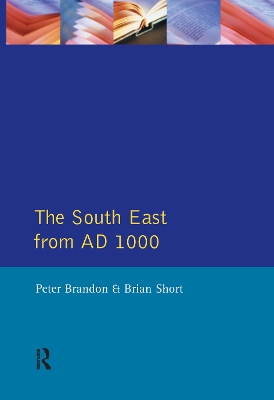Regional History of England
2 total works
This series, fully illustrated with maps and half-tones, is written for general readers as well as the student. In illuminating the anonymous lives of our predecessors it will, when complete, substantially enrich our understanding of the many histories which together make up the history of England. This authoritative volume surveys the modern history of the counties of Lancashire, Merseyside, Greater Manchester and Cheshire. In 1540 this was a backward area, poor, underpopulated and conservative. During the seventeenth and early eighteenth century the spread of the first cottage industries to the mills and the mines transformed the region into one of the engines of Britain's nineteenth-century greatness. The causes, the costs and the consequences of that transformation are vividly portrayed in this very readable text. Offers a succinct account and analysis of the first region to experience the developed factory system. Discusses the rise, dominance and decline of the region which has parallels across the country and the world. Provides essential background text for the students of local history. Assumes no previous knowledge of the region.
A volume dealing with the regional and local history of South East England, this covers the landcape and society of the modern counties of Surrey, Kent, East and West Sussex and Greater London, south of the Thames from late Anglo-Saxon times to the present. The authors have tried to show the diversity that can be found within the region as well as common characteristics which illustrate the local peculiarities of the area. The works in the series offer a synthesis of both historical and archaeological work in local areas. Each region is covered in two linked but independent volumes, the first covering the period up to AD 1000 and necessarily relying on archaeological data, and the second bringing the story up to modern times. It aims to portray life as it was experienced by the majority of people of South Britain or England as it was to become. The authors look at the major historical events which have an impact on the reagion - wars, plagues, technological changes and socio-cultural trends amongst them - but they also stress the underlying continuity of rural and urban life.

